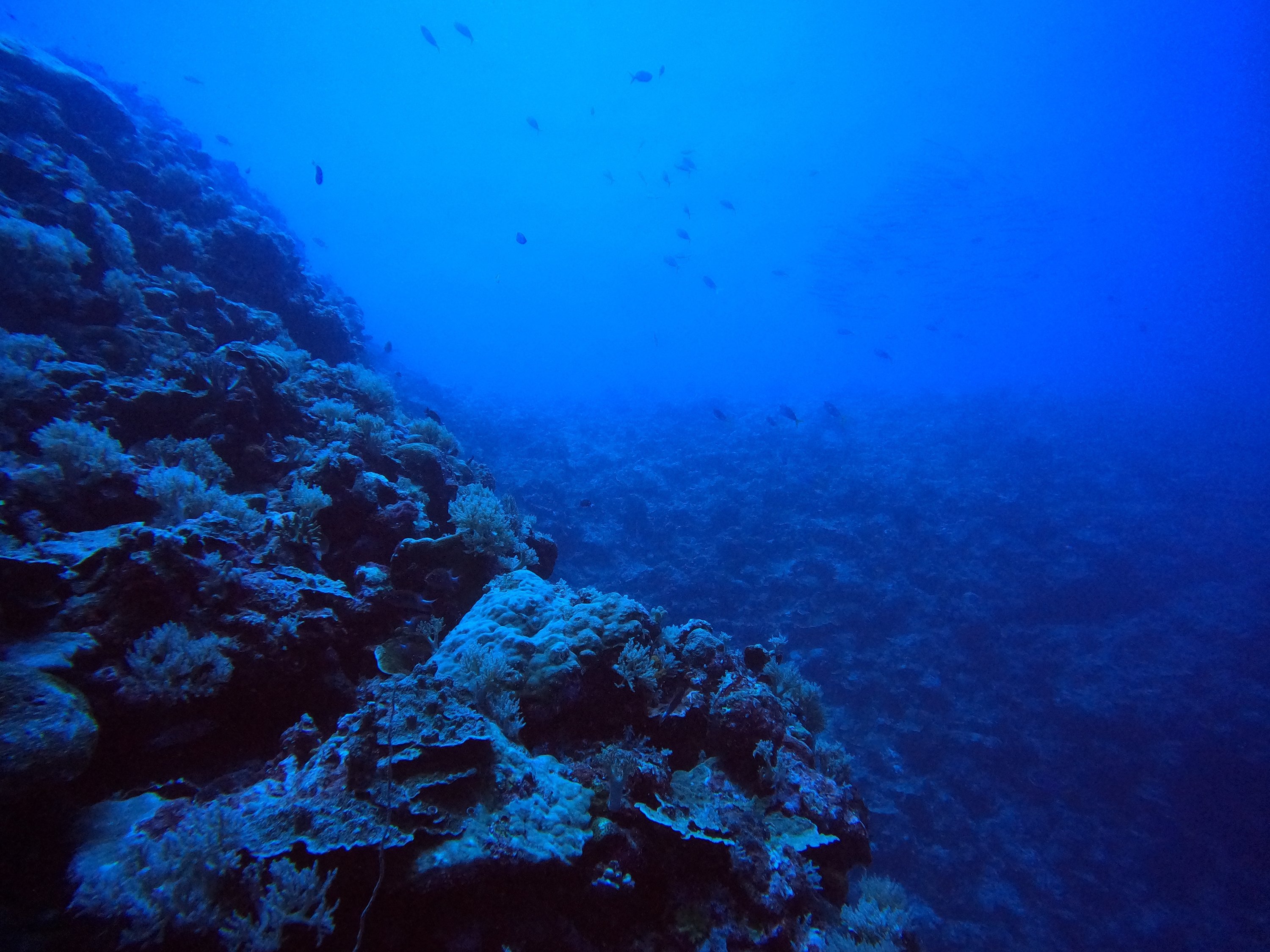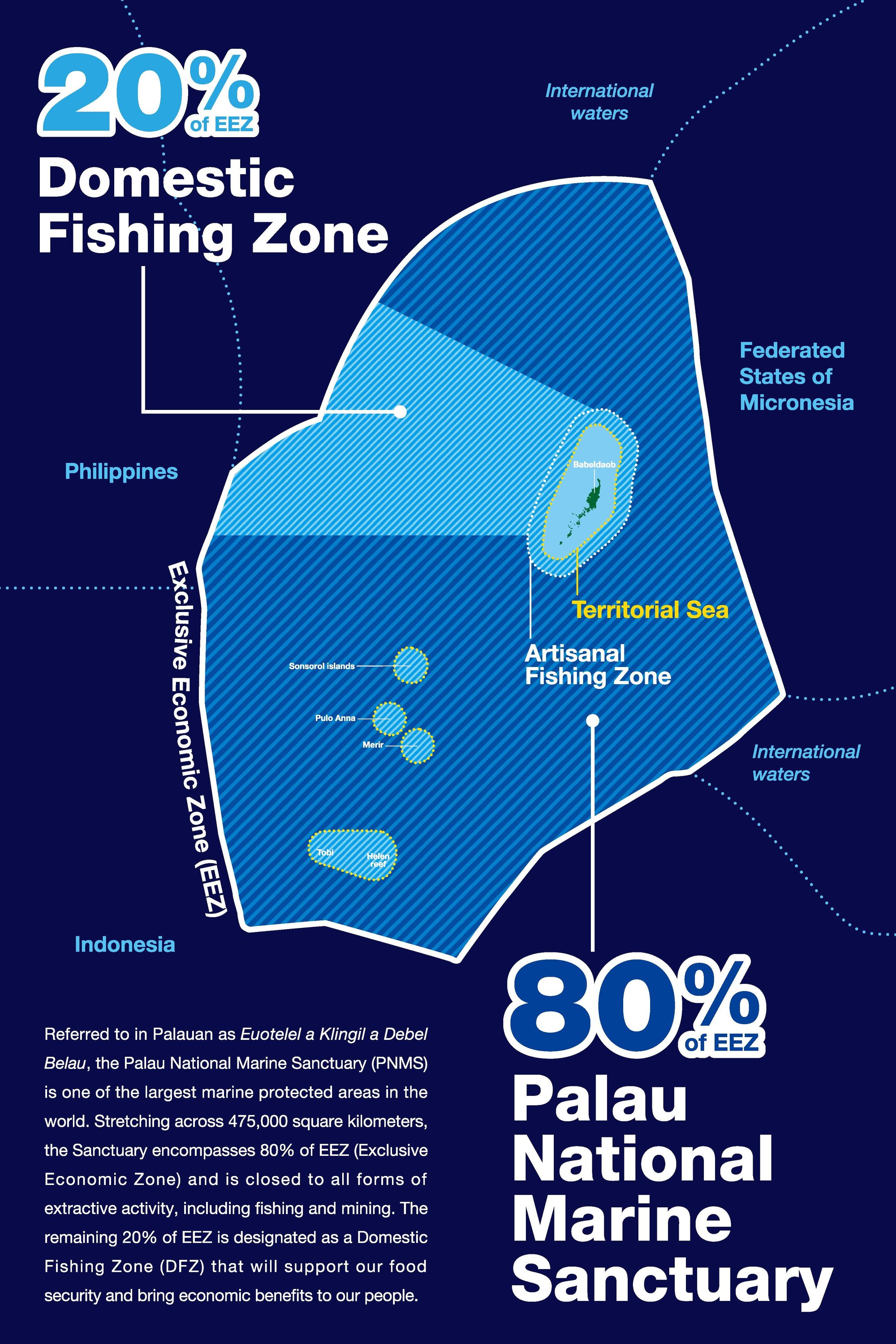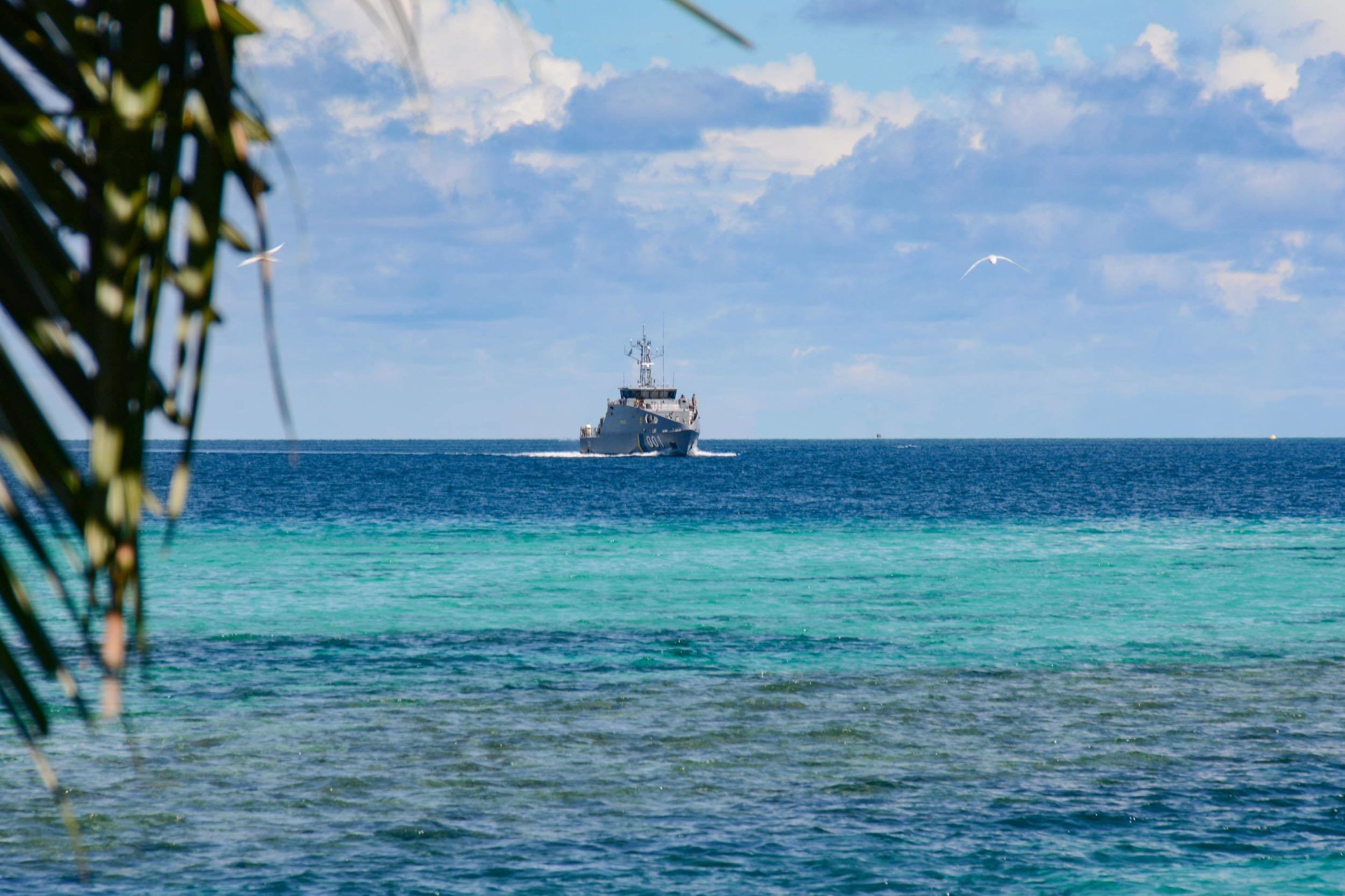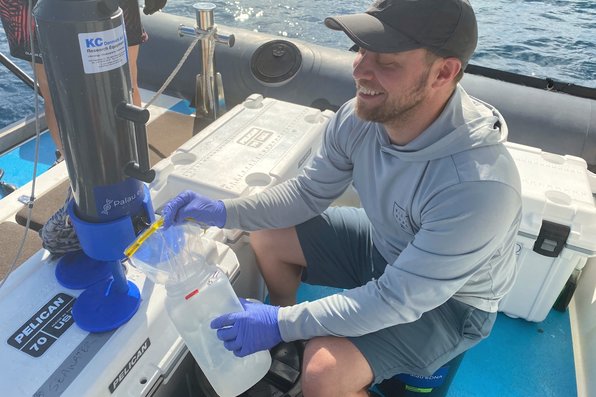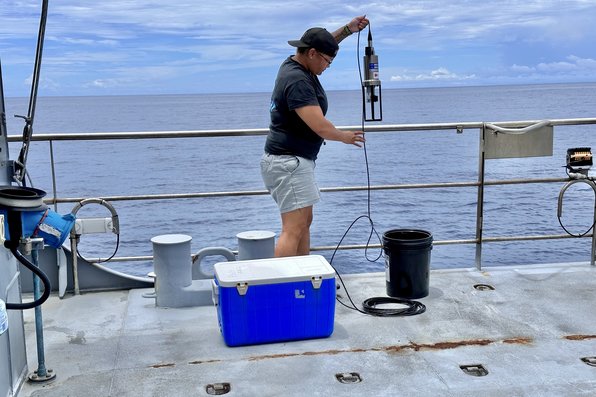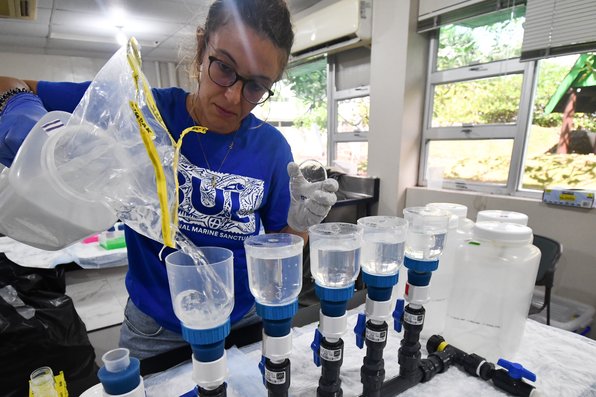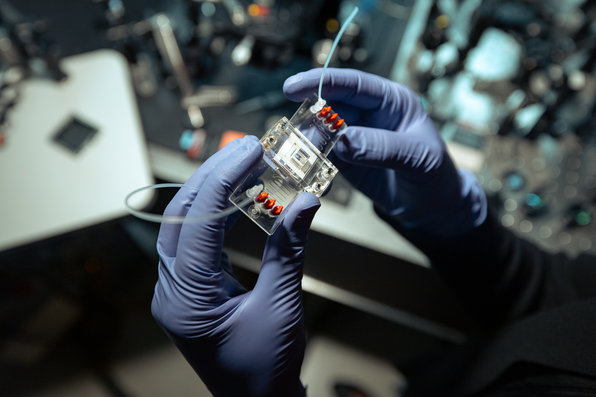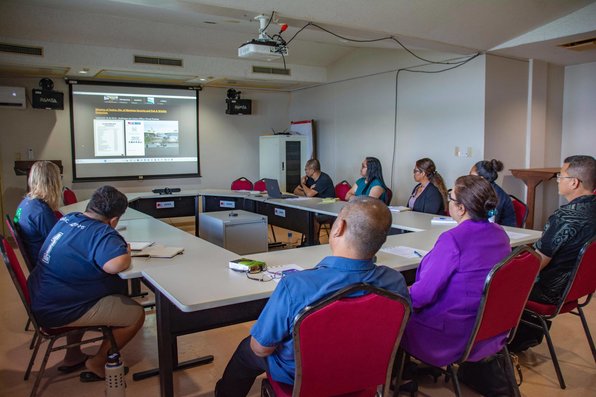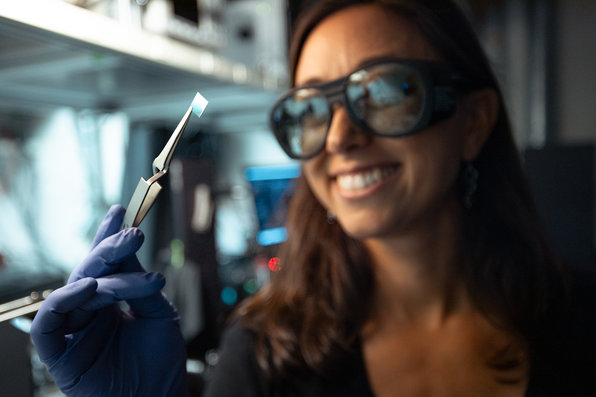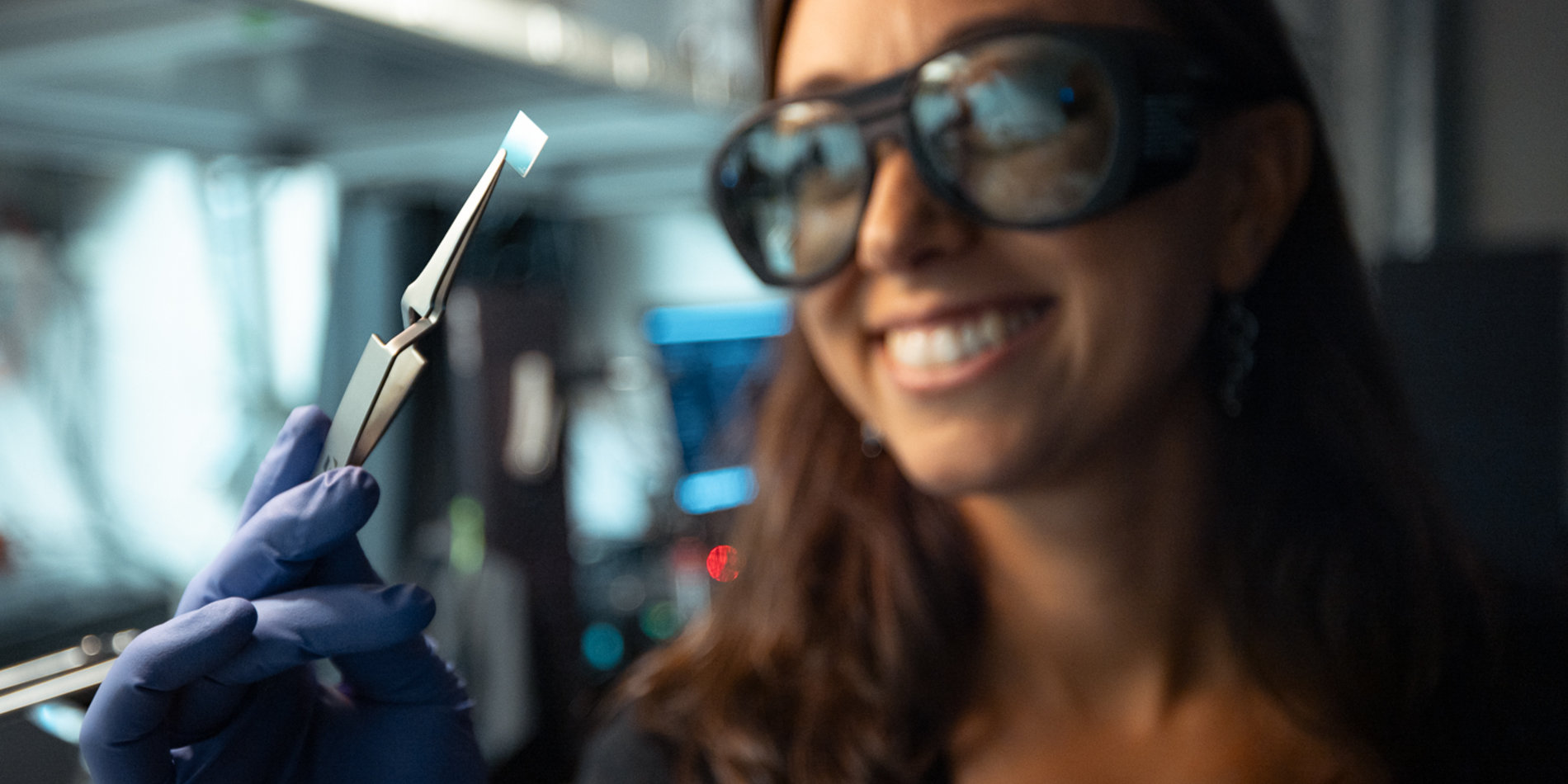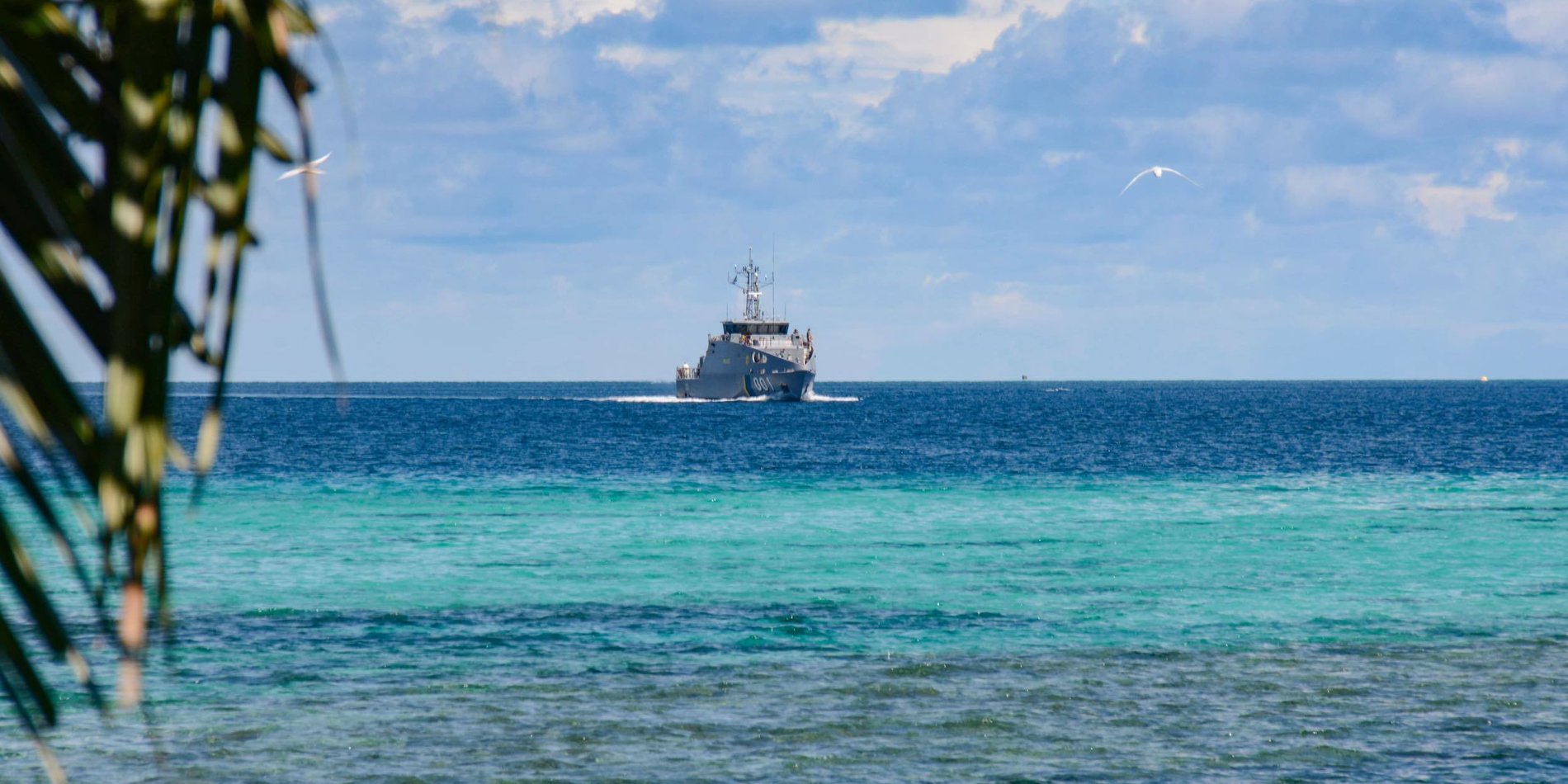Optimizing environmental DNA detection in marine waters
Detecting, quantifying, and tracking marine species is critical for understanding how ocean ecosystems change over time, forecasting how they might change in the future, and guiding conservation priorities. However, marine biomonitoring poses a challenge for scientists and natural resource managers. The process typically requires complex logistics and significant resources to access what are often vast and remote regions of the globe. Scientists filter water samples while at sea for genetic clues from tissues, scales, and other material shed by marine life, known as environmental DNA (eDNA). eDNA enables detection of marine species that recently passed through an area, particularly in locations where visual or autonomous satellite monitoring isn’t feasible.
Since 2012, the Center for Ocean Solutions (COS) has tested, optimized, and applied eDNA methods to enable detection of marine life spanning microbes to mammals. Currently, COS is collaborating with stakeholders in the Republic of Palau (Palau) to support the development of science and monitoring objectives for the archipelago’s national marine sanctuary.

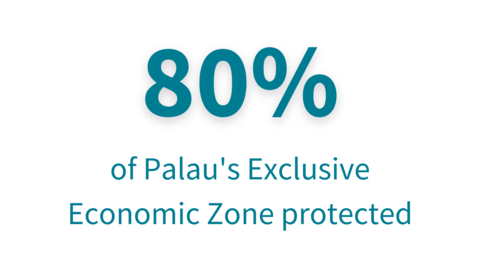
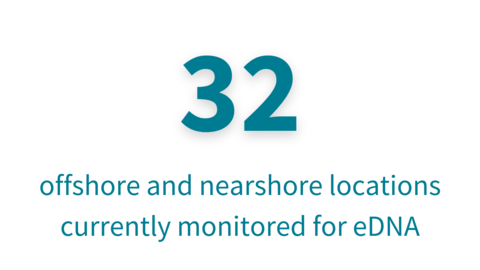
In partnership with the Palau International Coral Reef Center and the Palauan Government, COS is regularly sampling 32 locations around the region to allow for broader species detection and identification across large ocean areas. This project is building biological baselines and establishing long-term ecological monitoring protocols for nearshore, lagoon, and offshore habitats to inform sustainable management of the Palau National Marine Sanctuary. The team has completed multiple near- and offshore expeditions to test and optimize eDNA collection methods and illuminate the diversity of species that spend part of their life cycle in the region.
This project is made possible by funding from the Waitt Foundation and Oceankind.
Researchers from COS and the Dionne Lab at the Stanford School of Engineering are prototyping a new optical sensor smaller than a postage stamp in order to detect eDNA fragments in seawater. Working with marine resource managers in California and Palau, the team is designing and testing the sensor to look for biological or chemical indicators of interest to a particular region, ensuring it collects the precise data local users need. The aim of this technology is to complement biological baselines built through current eDNA monitoring methods and accelerate targeted, early detection of pathogens and toxins that could pose a risk to human and ocean health.
The first phase of this project was made possible by an accelerator planning grant from the Stanford Doerr School of Sustainability.
Image credits
Banner: Collin Closek; Palau eDNA project: Palau International Coral Reef Center; Palau eDNA gallery 1: Collin Closek; Palau eDNA project gallery 2: Collin Closek; Palau eDNA project gallery 3: Palau International Coral Reef Center; Optical sensors: Andrew Brodhead; optical sensors gallery 1: Andrew Brodhead; optical sensors gallery 2: Palau International Coral Reef Center; 3: Andrew Brodhead; optical sensors gallery; Halleh Balch portrait: Allison Yin/AP Images for HHMI
